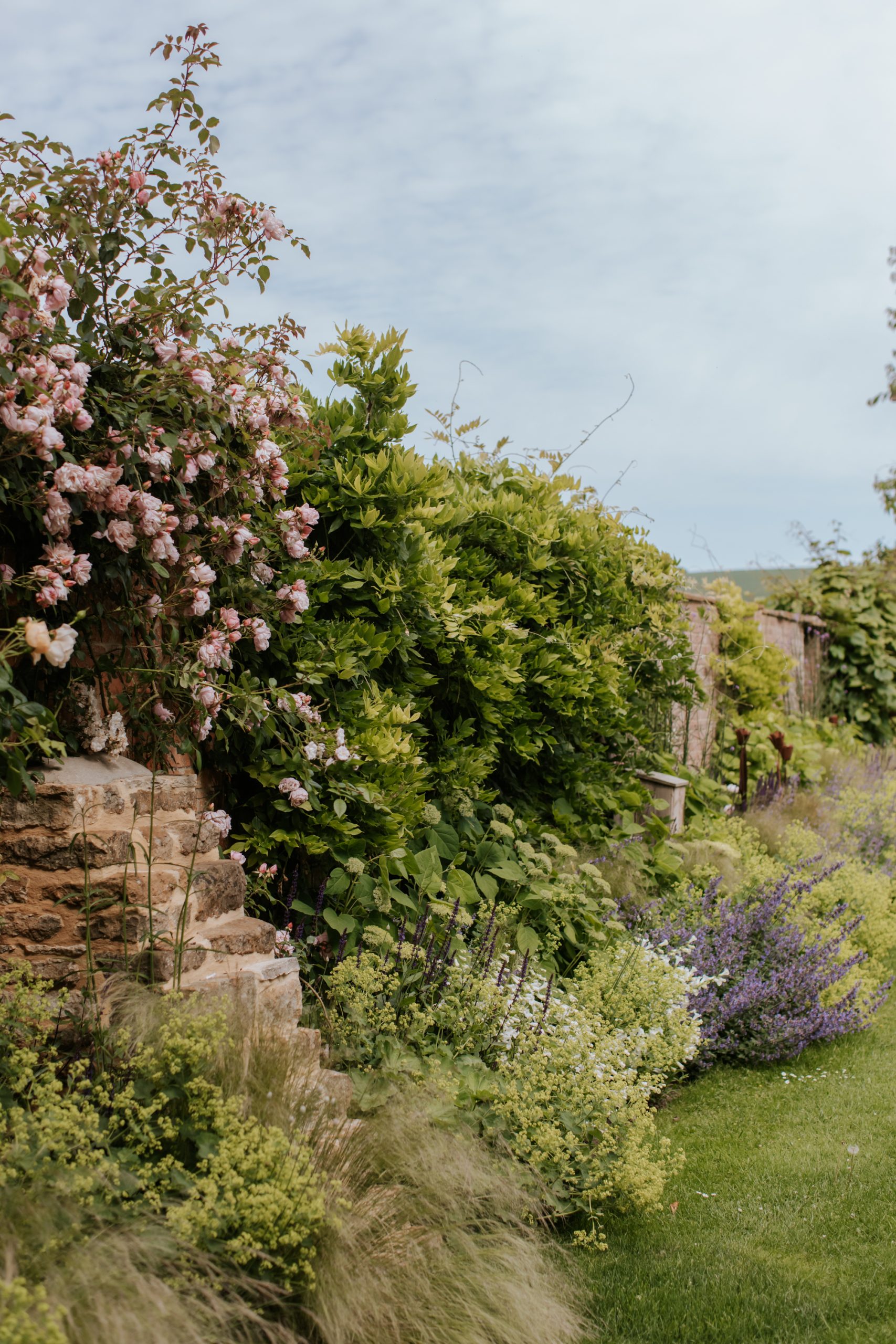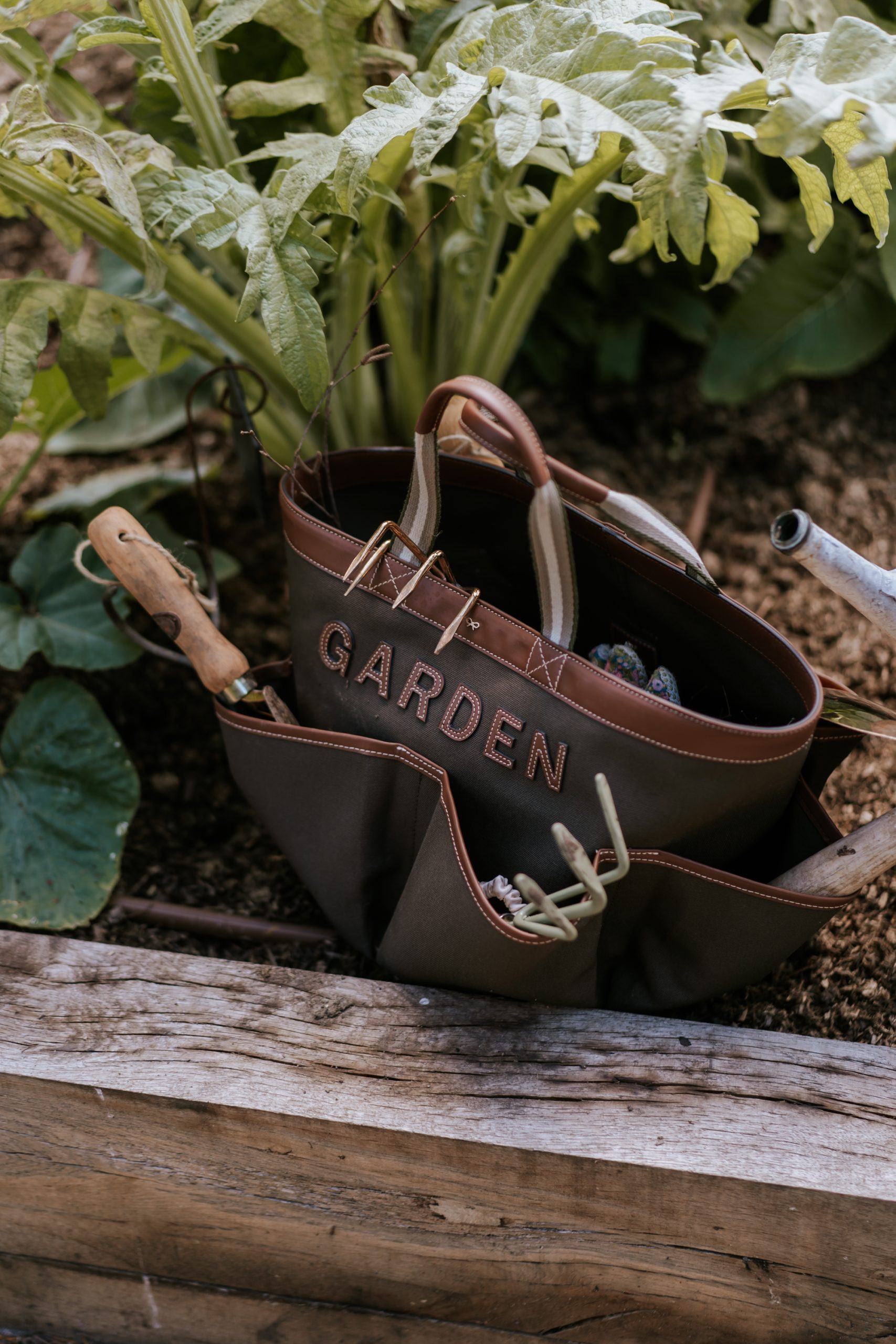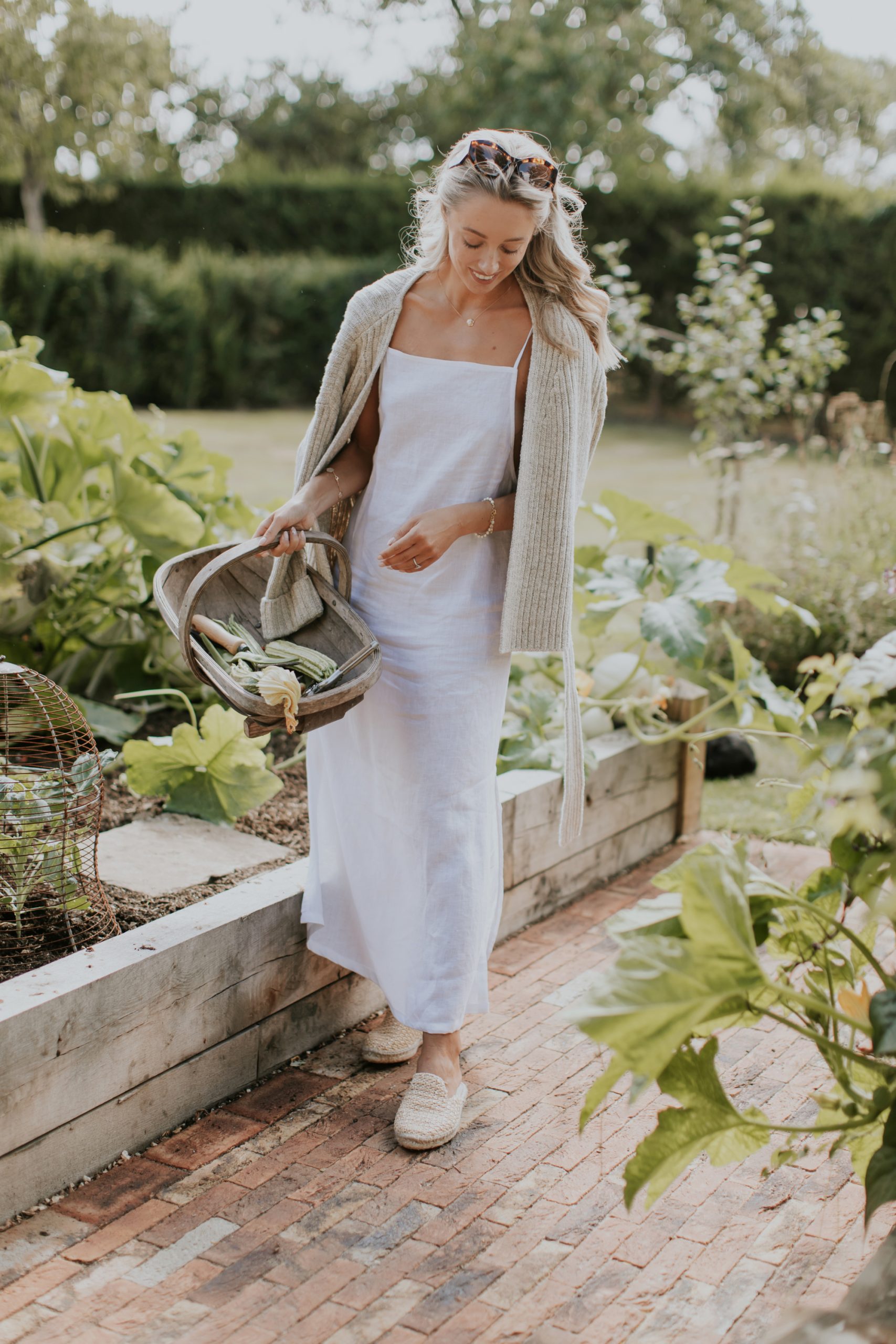Your Gardening Tasks for August
August in the garden is a month that really depends on the weather. Some Augusts are super hot and dry, making the lawn and many plants start to wither, whereas so far this August, the weather has been pretty mild and rainy; which has been fine for the plants, but not for my mood! If anything, the drizzle has meant I’m spending less time in the garden, and the plants have been left to grow wild; so at any moment when the sun actually shines, I’ve been dashing out and madly cutting back my overgrown blooms and trying to stay on top of the wilderness that my garden is beginning to resemble!
August is also pretty much your last opportunity to grow anything from seed this year, as well as the perfect time to start thinking about the bulbs and blooms that you’ll need to order in for your garden to be blooming beautiful next year. So, read on for your August gardening jobs!

1 – Harvest those veggies!
August is a great month for harvesting vegetables from your kitchen garden, or from your containers if you only have a little bit of growing space. One of my favourite vegetables to harvest this month is the tomato; they’re so juicy and sweet! My smaller varieties are starting to ripen and I’m loving adding them into pasta dishes and thrown into salads, while my larger varieties are still green and have a week or so left before I can harvest them. Some other vegetables to harvest this month are artichokes, cucumbers, chillis, beans, radish and courgettes. With many of these vegetables, the more you pick, the more will grow, as removing the vegetable from the plant means the plant will have more energy to direct to the growth of new vegetables. This is a win-win of course, as you get lots of tasty homegrown veg, and it extends the productive season of your plants.
2 – Tomato & Courgette plant care
Tomato & courgette plants can continue providing you with juicy vegetables (or fruits?!) way into September if you look after them properly. Both plants need feeding weekly and watering very regularly, especially if you’re picking them. Another way to ensure a good crop from your tomato plants is to remove any side shoots as they appear. Side shoots are the little shoots that come out between the main stem and an established leaf, and can be removed as they appear to direct the energy of the plant to ripening the tomatoes. As for courgettes, regularly remove large leaves that might prevent sunlight and airflow, and pick your courgettes when they’re small; around 8 inches, for the best flavour.
3 – Sow hardy annuals
Annuals are plants which live out their full life-cycle within a year, and then do not return the following year. Hardy annuals are ones which can withstand cold temperatures, and they should not be killed off by frost. With this in mind, you can actually sow hardy annuals towards the end of summer and at the start of Autumn, and they’ll grow very slowly over winter, but will then explode into life in Spring and Summer next year! Wait to grow your half-hardy annuals until next Spring once the frosts are over.
I’m also sowing seeds this weekend, and it will probably be my last seed sowing of the year. Of course the warmer air temperature means you can direct sow; I’m doing Pak Choi, Rocket, Carrots and Beetroot.
You can check out more of my gardening faves here!
4 – Order your spring bulbs
Be an ultra-organised gardener and start planning out your spring bulb display now. Many websites selling bulbs such as Farmer Gracy are accepting spring bulb orders now, and they’ll send out your bulbs in September so that you can plant them this autumn. If you want to have a continuous display through most of the year, you should get a range of bulbs that flower at different times of year, such as crocuses for February and March, Narcissi for April, and Alliums for May-June etc.
I’ve ordered lots of tulip and allium bulbs this week, and we will begin planting them next month.
5 – Collect seeds
At this time of year, some of your plants such as your perennials, annuals and herbs will start to set seed. You can go round collecting these seeds in order to later sow these seeds and gain some free plants! Be sure to remove any chaff from around your seeds, and leave them to dry for a few days before storing them in a cool dry place until they’re needed.
6 – Prune your Wisteria
Wisteria should be pruned twice a year, with the first prune being in the winter, and July or August being the ideal time to do the second prune of your Wisteria. Once your wisteria has finished flowering, cut the new green shoots back to tidy up the overall look of the plant, and to encourage the plant to put more energy into flowering rather than in vegetative growth in the next flowering season. If there are any overgrown branches which are beginning to get in the way, you can use this opportunity to do a hard-prune of those too.


7. – Stay on top of deadheading and pick your blooms!
August is a fabulous month for blooms such as Dahlias which are very much ‘cut and come again’ – meaning the more you pick the blooms, the more you’ll get! As soon as a dahlia is in full bloom, pick it and enjoy it in your home, and before you know it, so many more will spring up in its place. I like to pick blooms first thing in the morning, and snip close to the nearest leaf stem to encourage more blooms to grow. Unlike flowers such as tulips or peonies, dahlias will *not* continue to open once they’re picked, so don’t be tempted to pick them before they’ve fully bloomed!
What gardening jobs will you be doing this weekend? xoxo


